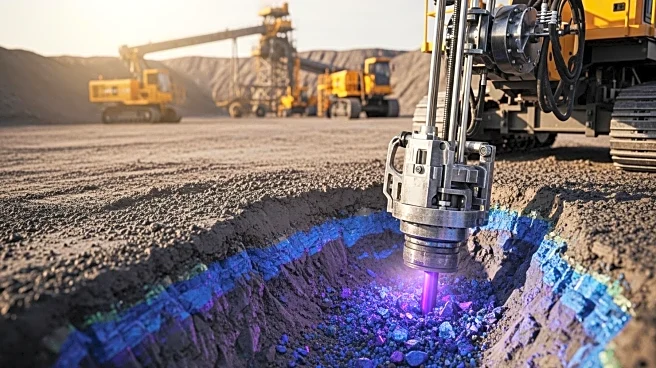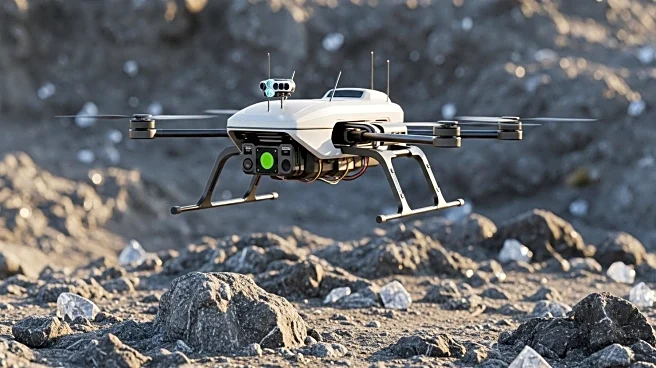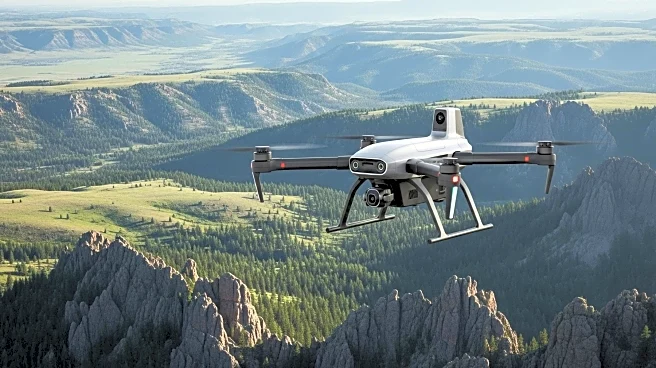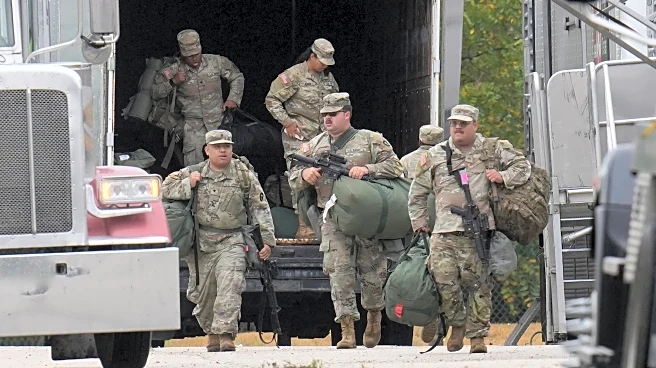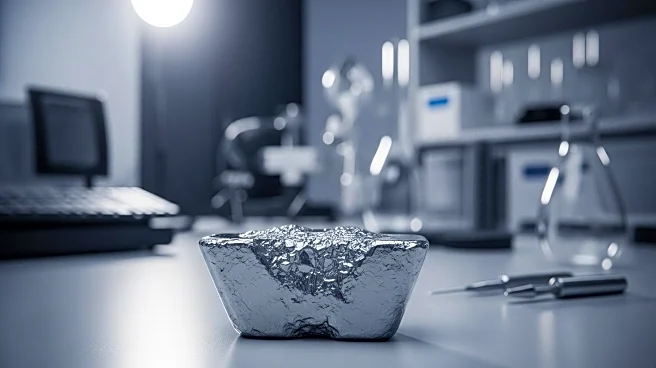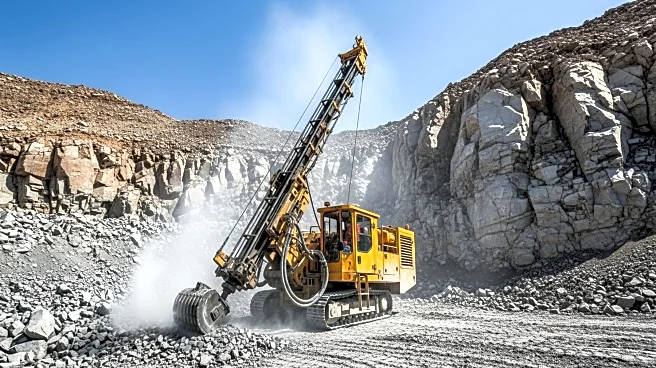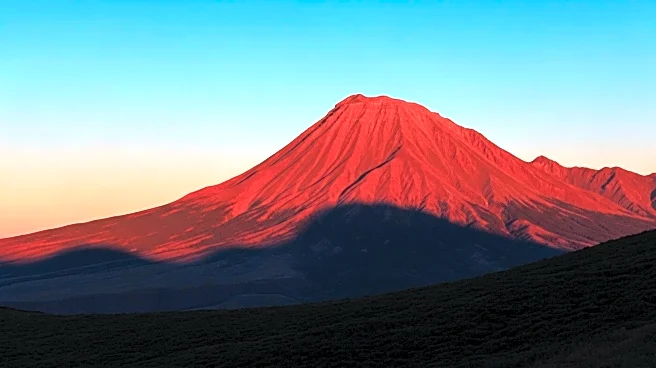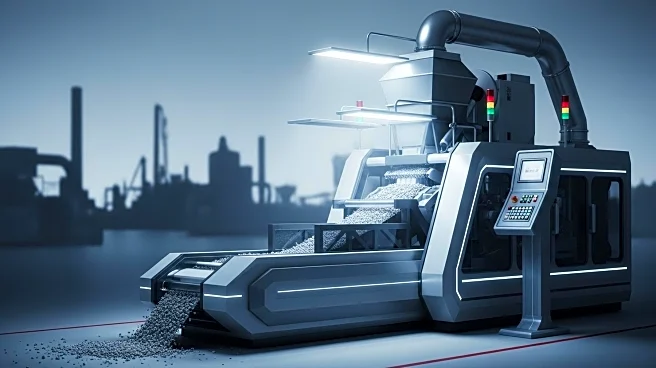What's Happening?
Locksley Resources has expanded the mineralized corridor at the Desert Antimony Mine in California, increasing the target area fourfold to 1.2 kilometers. This expansion follows structural mapping that confirmed the continuity of stibnite mineralization and identified a parallel shear zone. The findings have been integrated into a new 3D geological model, defining priority surface sampling targets for future exploration. The expansion enhances the Mojave Project's potential as a strategic hub for critical minerals, supporting domestic supply chain initiatives.
Why It's Important?
The expansion of the mineralized corridor at the Desert Antimony Mine represents a significant opportunity for Locksley Resources and the broader mining sector. By increasing the scale of the target area, Locksley enhances its potential for discovering valuable mineral deposits, which could strengthen its position in the critical minerals market. This development aligns with U.S. efforts to secure domestic supply chains for essential resources, potentially impacting industry dynamics and economic stakeholders. Investors and industry participants will be monitoring the project's progress and its implications for the U.S. mining sector.
What's Next?
Locksley Resources plans to use the new geological model to guide future exploration and drilling programs at the Desert Antimony Mine. The identification of priority sampling targets will inform the next phase of exploration, potentially leading to new discoveries and resource estimates. As the project advances, Locksley may attract interest from investors and partners seeking to capitalize on the growing demand for critical minerals. The company's strategic focus on U.S. mineral exploration positions it to benefit from policy initiatives supporting domestic resource development.

